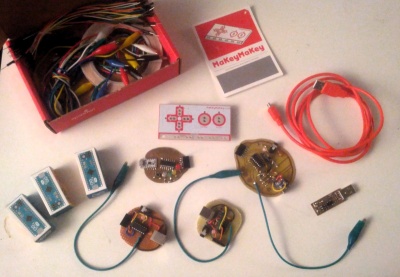CocoMake7-Hackathon
Interesting reads:
Design for Tinkerability - From Lifelong Kindergarten, MIT
http://web.media.mit.edu/~mres/papers/designing-for-tinkerability.pdf
Although most people involved in the Maker Movement are not focused explicitly on education or learning, the ideas and practices of the Maker Movement resonate with a long tradition in the field of education—from John Dewey’s progressivism (Dewey, 1938) to Seymour Papert’s constructionism (Papert, 1980, 1993)—that encourages a project-based, experiential approach to learning. This approach is somewhat out of favor in many of today’s education systems, with their strong emphasis on content delivery and quantitative assessment. But the enthusiasm surrounding the Maker Movement provides a new opportunity for reinvigorating and revalidating the progressive-constructionist tradition in education.
To do so, however, requires more than just “making.” Too often, we have seen schools introduce making into the curriculum in a way that saps all the spirit from the activity: “Here are the instructions for making your robotic car. Follow the instructions carefully. You will be evaluated on how well your car performs.” Or: “Design a bridge that can support 100 pounds. Based on your design, calculate the strains on the bridge. Once you are sure that your design can support 100 pounds, build the bridge and confirm that it can support the weight.”
In these activities, students are making something, but the learning experience is limited. Just making things is not enough. There are many different approaches to making things, and some lead to richer learning experiences than others. In this chapter, we focus on a particular approach to making that we describe as tinkering. The tinkering approach is characterized by a playful, experimental, iterative style of engagement, in which makers are continually reassessing their goals, exploring new paths, and imagining new possibilities.
Designing for Tinkerability: Circuit Boards - From The Tinkering Studio
